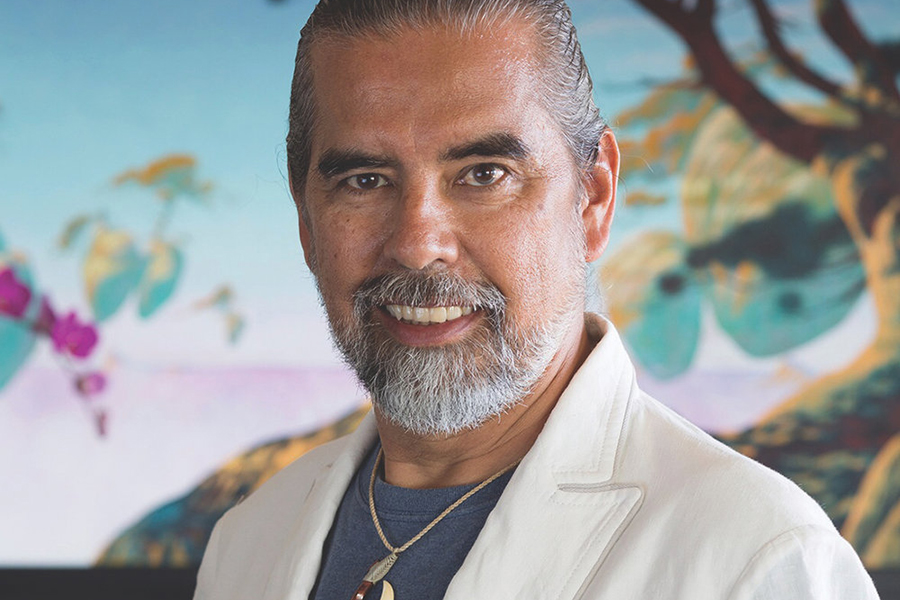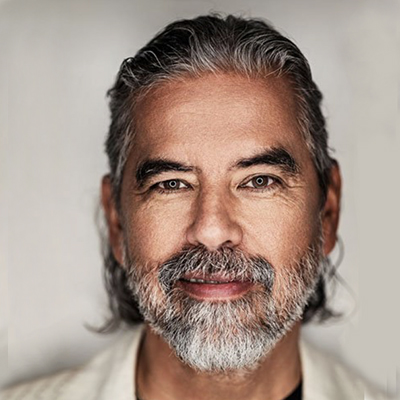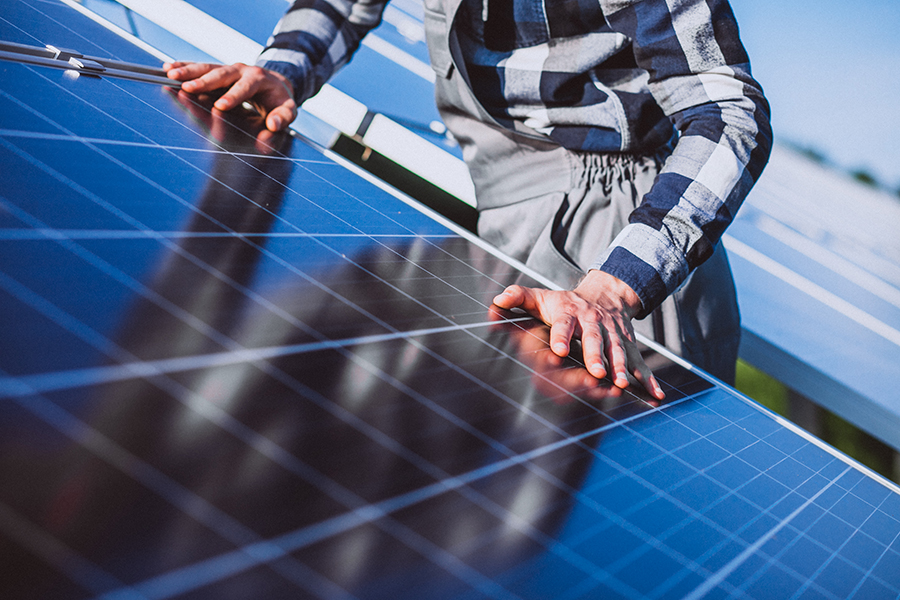Which is harder: Solving the climate crisis or getting roughed up by the KGB behind the Iron Curtain in the dying days of the Soviet Union?
Without a question, it’s the climate crisis. I should know — I have experience with both.
My time inside Russia has just been documented in the new Apple TV+ movie “Tetris,” which captures (give or take a few Hollywood embellishments) my successful attempts to secure the rights to a little video game I found fascinating. Fascinating enough to risk venturing to Moscow on a tourist visa with no clue how the then-Communist system worked and finding myself in a variety of hot-water scenarios.
Thankfully, the game’s designer, Alexey Pajitnov, and I emerged victorious and we have developed a lifelong friendship, and made enough money to remain comfortable for the rest of our lives.
But barely a month after selling a large part of the Tetris company in 2005, I had an experience that forever altered the course of my life: a near-fatal heart attack. In the back of the ambulance, I pledged that if I made it through the ordeal, I would commit myself to giving back to the planet.
Though I was born in the Netherlands and grew up in New York, I fell in love with Hawaii while attending college there and became enamored with surfing and the sea. When I saw an article from my hospital bed that said ocean acidification caused by climate change was going to kill all of the Earth’s coral reefs by the end of the century, I knew I had found my mission in life.
I also realized that, before I told anyone else how to live, I had to clean up my own backyard first.
So I founded the Blue Planet Foundation, focused on getting my state, Hawaii, to transition to 100% renewable energy. Hawaii was spending upward of $6 billion a year importing dirty energy to our islands. We convened leaders from the public and private sectors and civil society and struggled for a few years but, again, emerged victorious. Former Governor David Ige signed a bill in 2015 that we helped catalyze, legislatively mandating Hawaii’s transition to 100% renewable energy by 2045.
What was once unthinkable and impossible was now law. More than 20 U.S. states and territories have since followed suit with their own clean-energy goals. Today, Hawaii is ahead of the curve, having already achieved its 2030 goal of utilizing 40% renewable energy.
We don’t need fossil fuels!
I realized this work needed to be done on a global scale, so I moved to New York to be closer to the United Nations and to try and replicate that success. I founded Blue Planet Alliance with an initial focus on island nations which are similar to Hawaii in terms of renewable resources (ranging from geothermal to solar to wind to wave power) but are heavily reliant on dirty fuels and are disproportionately impacted by the effects of climate change. In Egypt last year at COP27, we signed Blue Planet Climate Agreements with two UN Member States, Tonga and Tuvalu, and just last week, we signed a third jurisdiction, the U.S. Territory of Guam.
These non-binding agreements are not law, but are symbolic landmarks, showcasing the growing trajectory of the renewable-energy movement. And, in our domino theory, if we can sign up 10 or more members of our Alliance by the end of 2025 — and we will — imagine what that will prove to the rest of the world?
That we don’t need fossil fuels. That utilities can actually make more money — and reduce overall costs for customers and for economies — with renewables than with dirty energy. And that we can lower global planetary temperatures and make life on the planet more sustainable for all.
Once we do that and put all those puzzle pieces together, we can move on to the next level.
For more content from Blue Planet Alliance founder Henk Rogers, please visit https://blueplanetalliance.org/news.






